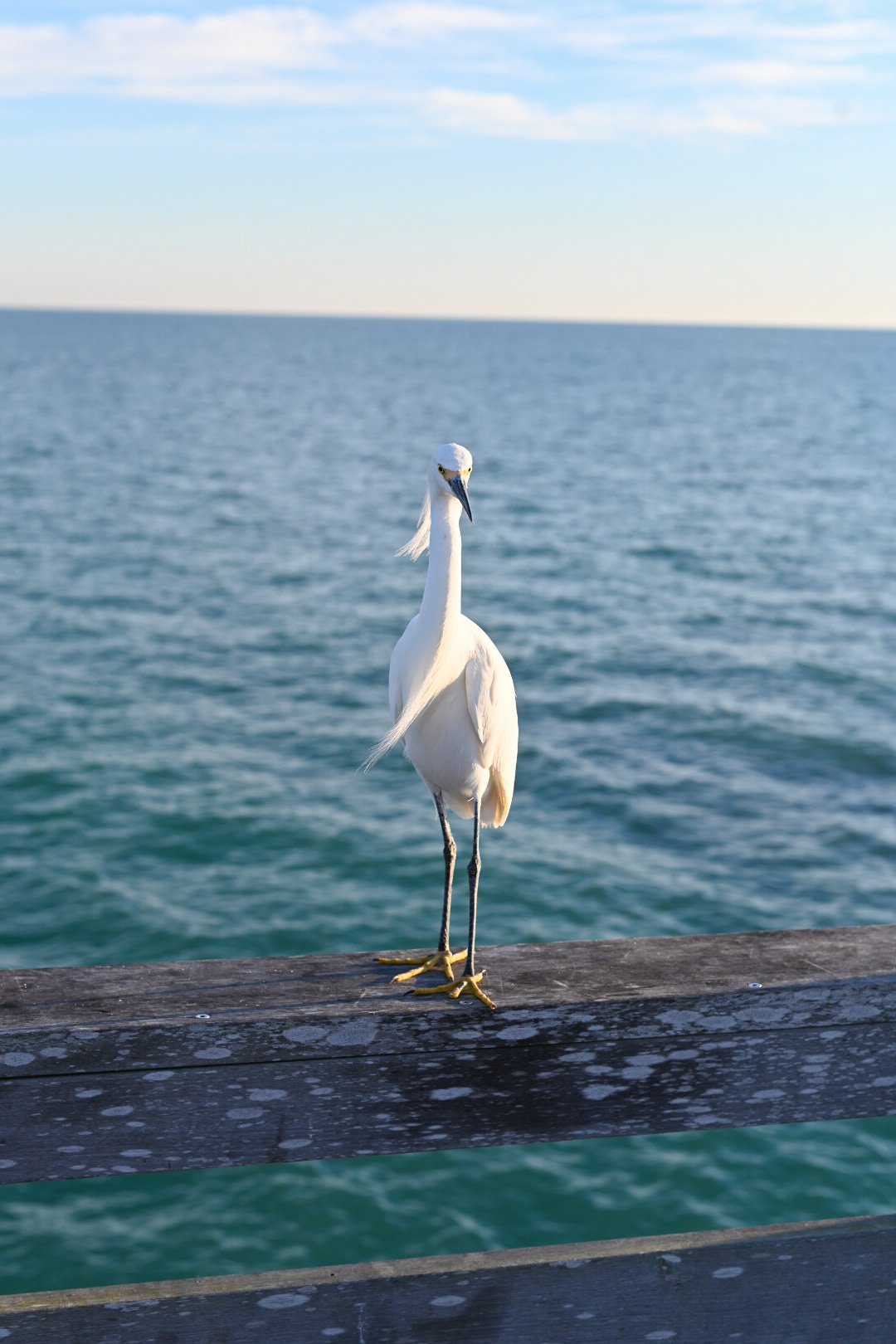Wildlife Watching in Southwest Florida: Top Spots
Southwest Florida is renowned for its diverse marine life, offering opportunities to observe manatees, dolphins, and other creatures in their natural habitat. From the calm waters of the Gulf of Mexico to the lush mangrove forests, Southwest Florida provides an ideal setting for wildlife enthusiasts to witness these magnificent animals up close. I am excited to share some of the best spots for wildlife watching in our area in this post.
One of the most sought-after experiences in this area is spotting manatees, also known as sea cows, as they gracefully navigate through the waterways. Several locations, such as the Flamingo Marina in the Everglades, offer unforgettable encounters with these gentle giants. Please do remember to respect animals and not touch them or try to actually interact with them, it could land you in a lot of trouble.
Best Spots for Manatee Encounters
As someone that loves nature, I have had the pleasure of encountering manatees in their natural habitat in Southwest Florida. Here are some of the best spots to spot these gentle giants:
Crystal River National Wildlife Refuge
Crystal River National Wildlife Refuge is a must-visit destination for anyone looking to get up close and personal with manatees. The refuge is home to the largest concentration of manatees in the world, and visitors can even swim with them in designated areas. The best time to visit is from November to March, when the manatees gather in the warm waters of the Crystal River to escape the cold Gulf of Mexico.
Blue Spring State Park
Blue Spring State Park is another great spot for manatee encounters. Located in Orange City, Florida, the park is home to over 500 manatees during the winter months. Visitors can observe these gentle giants from the boardwalk or take a guided boat tour for a closer look.
Lee County Manatee Park
Lee County Manatee Park is a unique destination that offers visitors a chance to observe manatees in their natural habitat while also learning about their conservation efforts. The park is located in Fort Myers, Florida, and features a warm water refuge area where manatees gather during the winter months. Visitors can observe the manatees from the park's observation decks or take a guided tour.
Whether you're a seasoned wildlife watcher or a first-time visitor, these spots are sure to provide you with unforgettable manatee encounters. Remember to always observe manatees from a safe distance and respect their natural habitat.
Prime Locations for Dolphin Watching
Coastal Bays and Estuaries
When it comes to dolphin watching in Southwest Florida, coastal bays and estuaries offer some of the best opportunities to spot these majestic creatures. Areas such as Gordon Bay and Naples Bay are known for their rich marine life, including dolphins. The calm and shallow waters of these bays provide an ideal habitat for dolphins, making it easier to catch a glimpse of them as they swim and play.
Open Gulf Waters
For a chance to see dolphins in their natural habitat, venturing into the open Gulf waters can be a rewarding experience. The expansive and deep waters of the Gulf of Mexico provide ample space for dolphins to roam and thrive. Joining a boat tour or chartering a vessel can increase the likelihood of encountering dolphins in their natural environment, offering a unique and memorable wildlife watching experience.
Bird Watching Havens
Southwest Florida is a paradise for birdwatchers. The region is home to a diverse range of avian species, including migratory birds that come from as far as South America. Here are two of the best birdwatching havens in Southwest Florida.
Mangrove Sanctuaries
Mangroves are the lifeline of many bird species in Southwest Florida. These salt-tolerant trees provide shelter, food, and nesting sites for a variety of birds. One of the best places to see mangrove birds is the J.N. "Ding" Darling National Wildlife Refuge on Sanibel Island. The refuge is home to over 245 species of birds, including the roseate spoonbill, reddish egret, and American white pelican. Visitors can take a leisurely drive along the five-mile Wildlife Drive or explore the refuge's trails on foot or by bike.
Wetland Reserves
Wetlands are another important habitat for birds in Southwest Florida. The Corkscrew Swamp Sanctuary in Naples is a prime example of a wetland reserve that attracts a wide variety of birds. The sanctuary is home to over 200 bird species, including the barred owl, great egret, and limpkin. Visitors can take a boardwalk through the sanctuary's cypress forest and wet prairie to see the birds up close. The sanctuary also offers guided tours and birdwatching workshops for enthusiasts.
Whether you are a seasoned birdwatcher or a beginner, Southwest Florida has plenty of birdwatching havens to explore. From mangrove sanctuaries to wetland reserves, these habitats are home to some of the most beautiful and fascinating birds in the world.
Guidelines for Respectful Wildlife Watching
As a wildlife enthusiast, it is important to practice respectful wildlife watching to ensure the safety and well-being of the animals. Here are a few guidelines to keep in mind while enjoying Southwest Florida's diverse wildlife:
Keep a Safe Distance
It is important to keep a safe distance from wildlife to avoid disturbing them and putting yourself in danger. A good rule of thumb is to stay at least 50 yards away from dolphins, manatees, and sea turtles. If you are on foot, stay at least 100 yards away from alligators and other large predators.
Use Binoculars and Cameras
Binoculars and cameras are great tools for observing wildlife from a safe distance. They allow you to get a closer look without disturbing the animals or putting yourself in harm's way. Avoid using flash photography, as it can startle and disorient wildlife.
Respect Wildlife Habitat
Wildlife habitats are fragile ecosystems that can be easily disrupted by human activity. Avoid trampling through sensitive areas such as seagrass beds, mangroves, and nesting sites. Stay on designated trails and boardwalks to minimize your impact on the environment.
Do Not Feed Wildlife
Feeding wildlife can disrupt natural feeding patterns and create dependency on humans. It can also cause animals to become aggressive and pose a danger to humans. Avoid feeding wildlife at all times, and dispose of trash properly to avoid attracting animals to human areas.
Be Quiet and Respectful
Loud noises and sudden movements can startle and stress wildlife. Keep noise levels low and avoid shouting or making sudden movements. Respect the animals' space and avoid approaching them too closely.
By following these guidelines, you can enjoy Southwest Florida's wildlife while also ensuring their safety and well-being. Remember to always respect the animals and their habitat, and leave no trace of your visit.
Which is your favorite spot for wildlife watching? Let us know in the comments or through social media.


